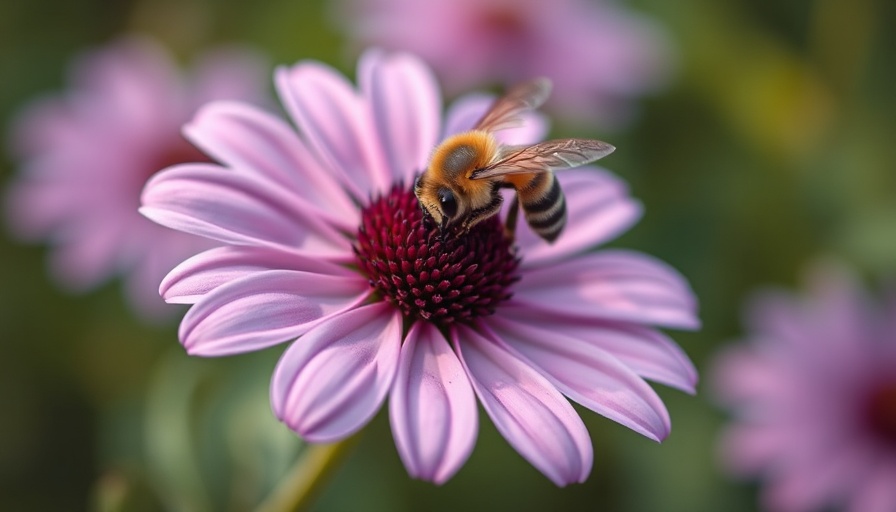
Understanding Your Growing Space: The Key to Successful Gardening
For homeowners interested in cultivating their gardens, gaining a clear understanding of growing conditions is pivotal. Crafting a detailed garden profile aids in selecting appropriate plants, planning for seasonal changes, and making sustainable choices for long-term success. With the right information at your fingertips, you can enhance not only your gardening techniques but also your contribution to the local ecosystem.
Create Your Garden Profile
Your garden profile acts as a comprehensive overview of your unique environment. Essential details include:
- Frost Dates: Knowing your average last and first frost dates is crucial in determining when to plant. It helps set a timeline, ensuring your delicate seedlings are protected from unexpected cold spells.
- Hardiness Zone: Understanding your plant hardiness zone allows you to select varieties that will thrive in your climate. This zone is determined by the lowest average temperatures recorded in winter, influencing your plant choices significantly.
- Growing Conditions: Identify your soil type and fertility, sun exposure, and drainage capabilities. These factors will affect plant health and yield substantially.
- Ecoregion: Learning which plants are suited to your local climate and conditions will also help you build a resilient garden.
The Role of Frost Dates in Gardening Success
Counting your frost-free days—those precious days between the last frost in spring and the first in fall—guides your planting decisions. Seed packets will often indicate how many frost-free days specific plants need to mature, making this information invaluable for planning. Remember, exercising patience is often key; err on the side of caution when it comes to unpredictable weather patterns.
Plant Hardiness Zones: Not the Only Factor
While your hardness zone provides a critical guideline, remember that gardens located within the same zone may still exhibit significantly different conditions. Factors like elevation and microclimates can influence which plants will flourish. This emphasizes the importance of a nuanced understanding of your garden that goes beyond mere temperature considerations.
Conclusion: Take Charge of Your Growing Space
By taking the time to create a thorough garden profile, you can greatly improve your chances of gardening success. This knowledge will enable you to make informed decisions that not only optimize your garden's output but also allow you to play a vital role in nurturing your local environment. So grab a notebook and start documenting your unique garden conditions today!
 Add Row
Add Row  Add Element
Add Element 



Write A Comment